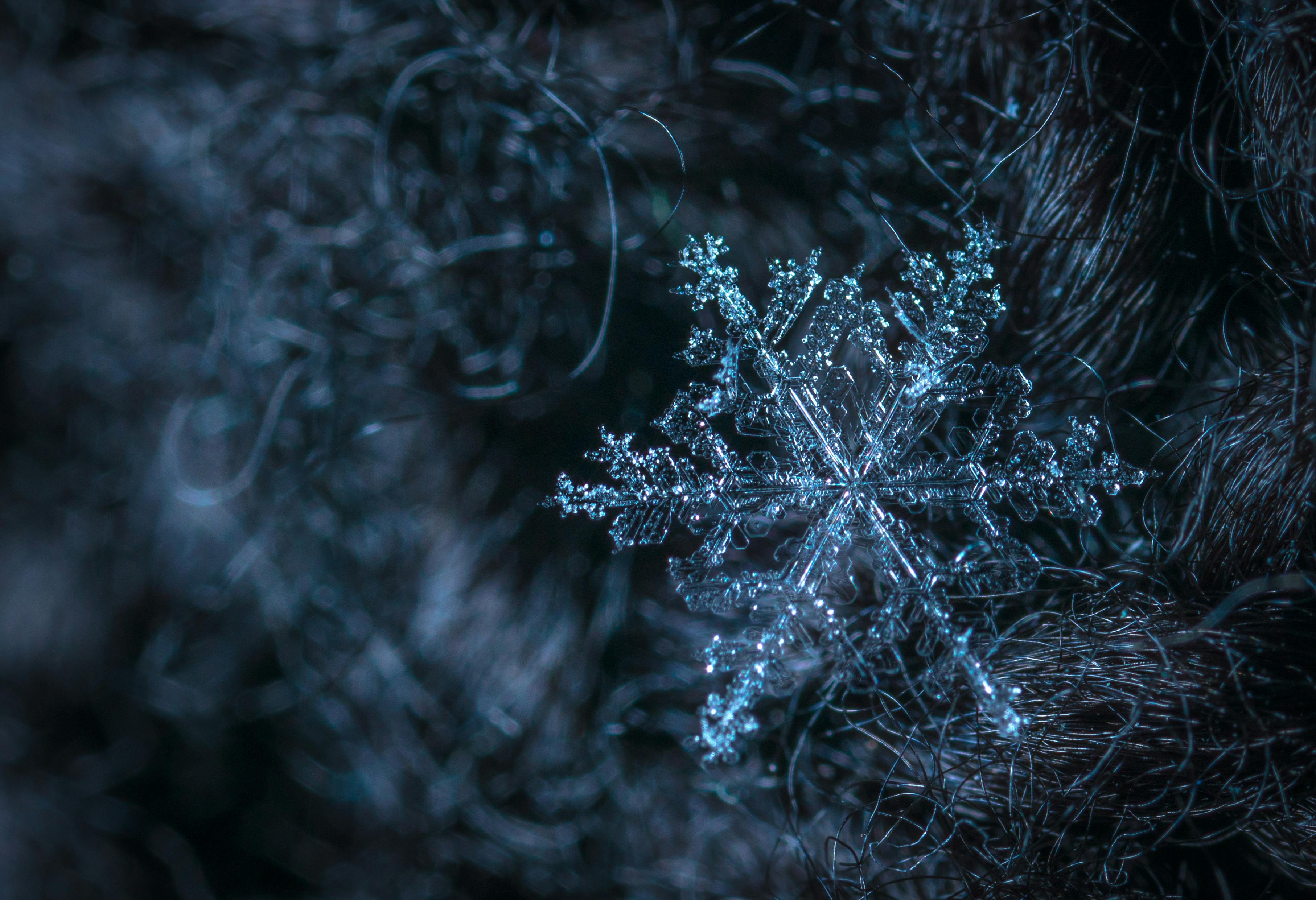
The Science of Snowflakes: Nature’s Unique Winter Art
The Science of Snowflakes: Nature’s Unique Winter Art
As winter approaches and the first snowflakes begin to fall, it’s hard not to be captivated by the intricate beauty of these tiny ice crystals. Snowflakes are often seen as nature’s winter art—no two alike, each one a delicate masterpiece formed high up in the clouds. But what makes snowflakes so unique, and how do they come to take on their fascinating shapes?
How Are Snowflakes Formed?
Snowflakes begin their journey as water vapor in the atmosphere. When the air temperature drops below freezing, this vapor condenses directly into ice, forming a tiny crystal. As the crystal tumbles through the clouds, it picks up more water vapor, which freezes onto its surface, causing the crystal to grow. The shape of a snowflake is determined by the temperature and humidity of the air it passes through. This is why snowflakes can vary so much in size and design, even within the same snowfall.
Why Are No Two Snowflakes Alike?
It’s often said that no two snowflakes are exactly the same, and this may very well be true. Snowflakes are incredibly sensitive to the conditions in the atmosphere. As they fall, they experience subtle changes in temperature, humidity, and air pressure, all of which influence the way they grow. These changing conditions cause each snowflake to develop a unique structure, resulting in the vast diversity of snowflakes we see.
The Six-Sided Mystery
One of the most interesting aspects of snowflakes is their six-sided symmetry. Snowflakes form in a hexagonal structure due to the molecular shape of water. When water freezes, the molecules arrange themselves in a hexagonal lattice, which is reflected in the sixfold symmetry of the snowflake. This means every snowflake, no matter how different in design, will always have six sides.
Snowflakes and Science
Beyond their beauty, snowflakes have practical significance in science. Scientists study snowflakes to better understand weather patterns and predict snowfall. Additionally, the study of snowflake formation, known as snowflake physics, can offer insights into crystallography—the study of crystals—which has applications in fields like material science and chemistry.
Snowflakes in Culture and Art
Snowflakes have long been a symbol of winter magic and purity, featured prominently in art, literature, and even holiday decorations. Their uniqueness and fragile beauty remind us of the intricate designs found in nature, inspiring creativity and wonder across generations.
Conclusion
Snowflakes are more than just frozen water—they are tiny, fleeting works of art shaped by the invisible forces of nature. Their intricate designs and endless variety remind us of the complexity and beauty that can be found in even the smallest details of our world.
At Fundamentals First Learning Edmonton, we encourage our students to explore topics like these that go beyond the surface and spark curiosity about the world around them.




